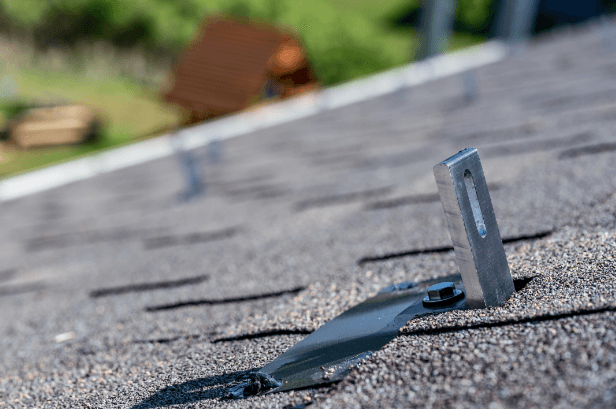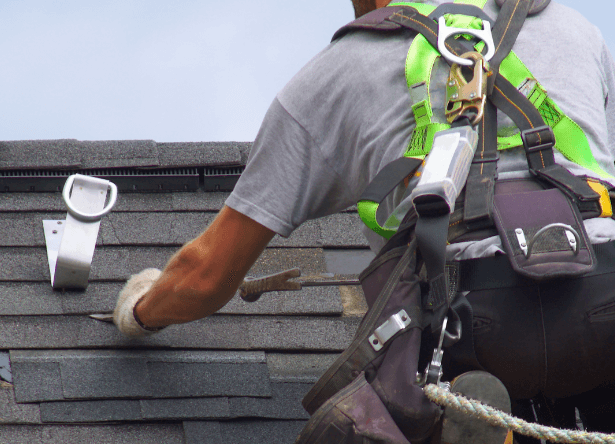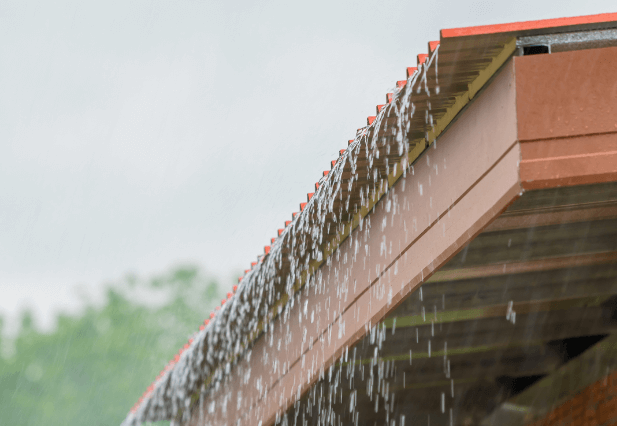Severe weather can wreak havoc on your property. Your roof, in particular, can bear the brunt of these harsh conditions.
Whether you’re a homeowner or a business owner, it’s crucial to prepare your roof for severe weather. This preparation can help prevent damage, ensuring the safety and longevity of your roofing structure.
In this guide, we’ll provide essential tips on how to prepare your roof for severe weather. We’ll cover everything from regular roof inspections to the role of roofing contractors and roof repair companies.
We’ll also delve into the key elements of severe weather roof preparation. This includes understanding the different needs of residential and commercial roofing.
By the end of this article, you’ll have a comprehensive understanding of how to protect your roof from severe weather. This knowledge can save you time, money, and stress in the long run.
Understanding the Risks of Severe Weather to Your Roof
Severe weather events, such as hurricanes, tornadoes, and hailstorms, pose significant risks to your roof. These events can lead to leaks, structural damage, and even complete roof failure.
Understanding these risks is the first step in severe weather roof preparation. By knowing what to expect, you can take proactive measures to protect your roof and your property. This can include everything from regular inspections to hiring professional roofing services.
The Importance of Regular Roof Inspections
Regular roof inspections are a crucial part of roof preparation for severe weather. They help identify potential vulnerabilities that could worsen during a storm.
Here are some key points to consider during an inspection:
- Check for loose or missing shingles.
- Inspect for signs of leaks or water damage.
- Ensure gutters and downspouts are clear and functioning properly.
- Look for signs of mold or algae growth.
- Check the attic for signs of roof penetration or insulation issues.
Key Elements of Severe Weather Roof Preparation
Severe weather roof preparation involves several key steps. These steps aim to strengthen your roof’s resilience against harsh weather conditions, such as heavy rain, high winds, and extreme temperatures.
Firstly, it’s crucial to secure loose shingles and tiles. These can become airborne during a storm, causing damage to your roof and potentially other properties.
Secondly, ensure your gutters and downspouts are clear of debris. This allows rainwater to flow freely, reducing the risk of water damage to your roof and building structure.
Here are some additional steps to consider:
- Trim trees and remove debris around the property to reduce roof hazards.
- Check for proper attic ventilation and insulation.
- Ensure that the flashing is intact and sealed.
- Install a leak barrier to protect against wind-driven rain.
- Consider installing hurricane straps or clips if you live in a high-wind area.
Residential Roofing vs. Commercial Roofing: Tailoring Your Approach
Residential and commercial roofs have different needs when it comes to severe weather preparation. Residential roofs often have steep slopes, which help with water runoff during heavy rain.
On the other hand, commercial roofs are typically flat or have a low slope. This design requires a proper drainage system to prevent water pooling and potential leaks. Regardless of the type, both residential and commercial roofs benefit from regular inspections and maintenance.
When to Consider Roof Replacement in Your Weather Readiness Plan
Sometimes, severe weather preparation may involve considering a roof replacement. This is especially true if your roof is nearing the end of its lifespan or has sustained significant damage.
A professional roofing company can provide a thorough assessment and advise whether a replacement is necessary. Remember, a new roof can offer better protection against severe weather, potentially saving you from costly repairs in the future.
Preventative Measures: Securing Shingles and Clearing Gutters

One of the key elements of severe weather roof preparation is securing loose shingles. Loose or damaged shingles can easily be torn off during a storm, leaving your roof vulnerable to leaks and further damage.
Roofing contractors can help ensure all shingles are properly secured and replace any that are damaged.
Another crucial step is clearing your gutters and downspouts. Blocked gutters can cause water to overflow and seep into your roof, leading to potential water damage. Regular cleaning, especially before a storm, can help prevent this.
- Secure loose shingles
- Clear gutters and downspouts
The Role of Attic Ventilation and Insulation in Protecting Your Roof
Proper attic ventilation and insulation play a significant role in protecting your roof from severe weather. A well-ventilated attic can help regulate temperature and prevent heat buildup, which can warp and damage your roof over time.
Similarly, good insulation can prevent heat loss, reducing the risk of ice dams in colder climates. Ice dams can cause water to back up under your shingles, leading to leaks and water damage.
The Necessity of a Leak Barrier and Proper Flashing
A leak barrier is a crucial component of severe weather roof preparation. It provides an extra layer of protection against wind-driven rain and ice dams, preventing water from seeping into your home.
Proper flashing, on the other hand, is essential around roof penetrations like chimneys and vents. It helps direct water away from these vulnerable areas, reducing the risk of leaks and subsequent damage.
Emergency Preparedness: Roofing Services and Repair Strategies

In the face of severe weather, having a plan in place is key. This includes knowing who to call for emergency roof repairs and having a list of reputable roofing contractors at hand.
- Roofing contractors
- Roof repair companies
- Roofing services
It’s also important to understand the different materials used in roofing and their impact on weather resistance. This knowledge can help you make informed decisions about roof repairs or replacements.
Lastly, remember to document your roof’s condition before and after severe weather for insurance purposes. This can expedite claims and ensure you receive the compensation you deserve.
Conclusion: Staying Proactive with Roof Maintenance and Weather Preparation
Preparing your roof for severe weather is a proactive measure that can save you time, money, and stress. Regular inspections, timely repairs, and the use of quality materials can significantly enhance your roof’s resilience.
It’s also crucial to understand the unique needs of your property, whether it’s a residential or commercial building. Tailoring your approach to roof maintenance and weather preparation can ensure optimal protection against the elements.
Remember, the goal is not just to survive severe weather, but to minimize its impact on your property. With the right preparation, your roof can withstand even the harshest conditions.
For expert roofing services in Cleveland, contact Investment Roofing today!

Leave a Reply